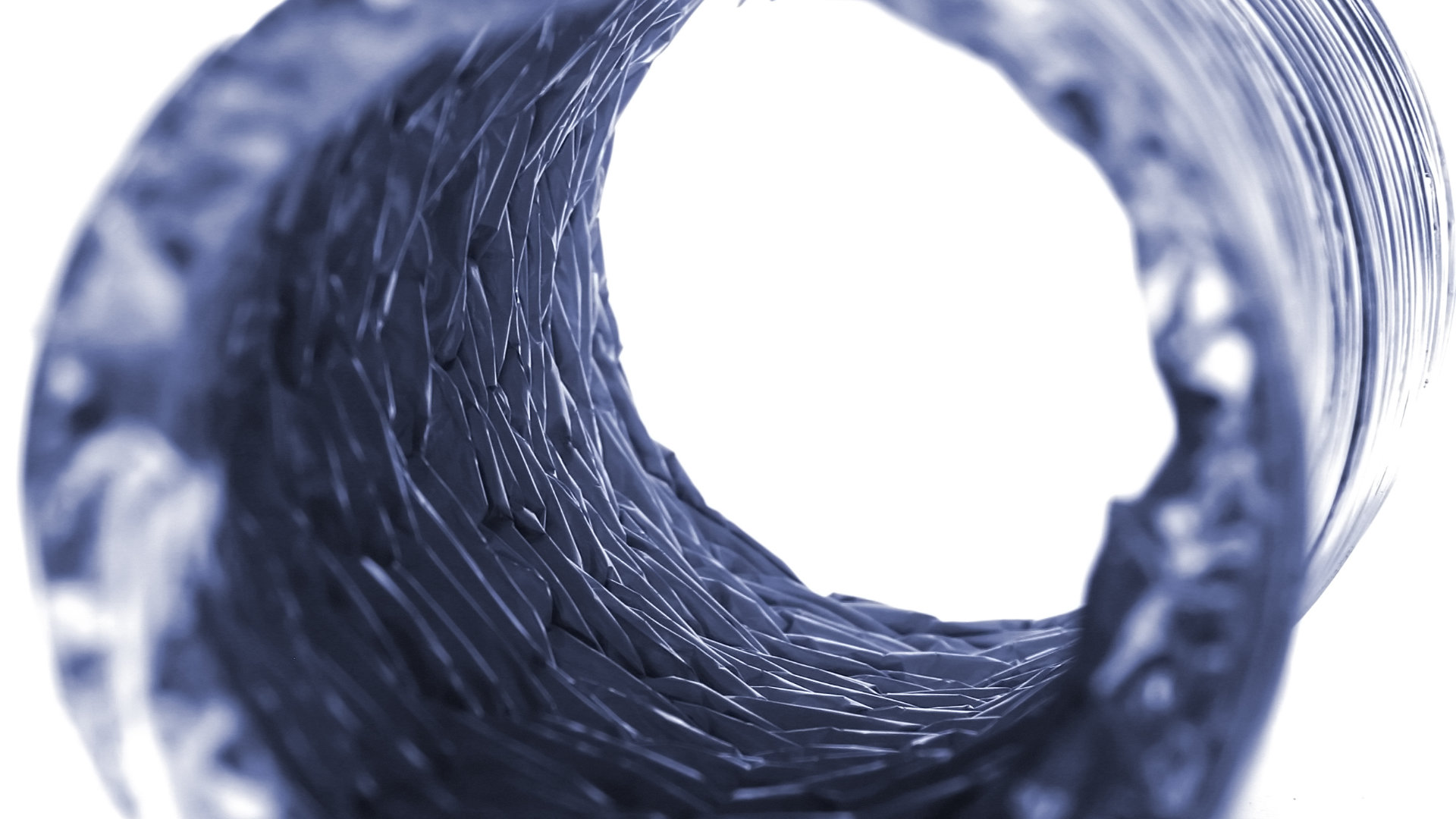
Ice makers are a fantastic addition to the modern home experience. Why worry about constantly emptying and refilling ice trays when your refrigerator will output ice into your drink with a few seconds of pushing the lever. Except when it doesn’t. Ice makers may be great, but they are also finicky and it’s not always obvious what’s wrong with them.
When your ice maker suddenly stops making ice, or the ice production seems to taper off over time, it’s easy to get frustrated, but don’t worry. This is actually normal behavior for ice makers and, most of the time, you can get it producing ice again within the afternoon if you understand what influences an ice maker’s production capabilities.
Let’s take a look at the reasons why your GE refrigerator ice maker may not be making ice today.
The Basics
When it comes to appliances, always start with the basics. You’ll want to make sure your ice maker is properly connected and switched so that it is capable of making ice.
– Plugged In
The plug for the ice maker is right next to its mount on the left rear wall. You may need to pull out the ice bucket to access it. Make sure the ice maker’s plug is firmly set in place.
– Turned On
Your ice maker will have a switch and/or lever that can be set into the off or on position. When loading the freezer, someone may have accidentally bumped the switch and turned your ice maker off.
– Water Supply
To make ice, your ice maker needs access to the fridge’s water supply. Check the water supply line in three places to make sure that everything is connected and flowing. Check the back of the fridge where the water line connects. Check the water filters to make sure nothing appears loose or leaky. And check the water line’s connection to your ice maker to ensure everything appears to be in place.
Reasons Why Ice Makers Stop Working
– The Freezer is Too Warm
Your ice maker will not get started unless it’s cold enough in the freezer to maintain the ice. For ideal results, your fridge should be approximately 37 degrees F and your freezer should be 0 degrees F. A GE ice maker has an internal thermometer and will not start making ice until the freezer compartment reaches 15 degrees F. Be sure to set your fridge temperature settings cold enough to get the freezer close to 0 F. You can use your own fridge thermometers inside the fridge and freezer compartments to get an accurate reading.
– The Freezer is Too Empty
If your controls are set to their coldest setting and your freezer still isn’t cold enough, the problem might be with the contents of your freezer or fridge. Frozen food actually helps to keep the freezer cold, like ice in a cooler. So if your freezer is too empty, it may be having trouble maintaining the truly cold temperatures. This is true for both the freezer and fridge compartments, so if you want a colder temperature in your GE fridge, you’ll need to stock up on groceries. This is a great excuse to pack your freezer with food and treats.
However, if you don’t want food in your fridge for some reason, that’s okay, too. Fill gallon-jugs with water instead. Place at least two into an empty freezer to create blocks of ice that will help your freezer stay cold. Jugs of water can also help keep the fridge compartment cold if you’re also having trouble there.
– The Water Filter is Too Old
Your ice maker relies on access to clean, filtered water that comes in through the fridge’s water line. You checked the water line earlier to make sure it was connected at the back of the fridge, and also connected properly to the ice maker. However, connected lines won’t make a difference if your fridge refuses to pump water. Why would it do this? Because your water filter is too old.
Some GE fridges have a sensor or timer that will switch off water functions if the filter is too old to continue providing clean water. This is a safety precaution and will protect your family from ice cubes or cold water with contaminants. If the water replacement light is on, or it’s been longer than a year, now is the time to replace your fridge water filter.
– Ice is Blocking the Chute
Ice machines are not always perfect at self-maintenance. Sometimes, the ice itself can block the mechanism and make it impossible for more ice to be created or dispensed. In some cases, your ice maker is still making ice, but it can’t release the ice because the chute is blocked. In others, the ice making features themselves have been blocked.
This usually happens when your freezer is struggling with defrost and frost buildup has coated and then hardened over the ice maker. It can also occur if small chunks of ice are stopped in the mechanism and re-freeze in place. Turn off your ice machine before knocking the built-up ice or frost loose. Then turn it back on and try again.
– Too Much Ice in the Bin
Finally, there’s the problem that your ice maker is actually functioning too well. If the ice bin is full, the ice maker can detect this and will stop making ice. Of course, if you have perceived a lack of ice, this probably means that the ice bin is not actually dispensing the ice it is filled with. This can be caused by a blocked chute, as mentioned above, or because the ice in the bin has re-frozen into a semi-solid block.
To fix, turn off your ice machine and remove the bin. Either shake to level it out, break it up with a pick, remove some of the top ice, or just dump it to fill again with your now-working ice maker.
—Most of the things that can go wrong with an ice maker are easy to fix at home. However, if you have tried all these steps and your ice maker is still acting up, it’s time to consult a professional. Contact us today for more helpful repair tips or to schedule service for your GE refrigerator.

Your Guide to Whirlpool Microwave Replacement Parts

What to Do When Your Kenmore Dryer Won’t Start

How to Resolve the LG Washer LE Error Code

Why Does My Oven Smell Like Gas? Causes and What to Do

Maytag Dryer Not Heating? Here’s How to Fix It

6 Common Reasons Your Speed Queen Dryer Isn’t Heating

8 Reasons Your Samsung Refrigerator Is Not Cooling

9 Most Reliable Washer and Dryer Brands

How to Get Ink out of Your Dryer the Easy Way

Why Is My Fridge Making Noise That Stops When the Door Is Open?

Frigidaire Refrigerator Error Code H1: Causes & Solutions

How to Clean a Dryer Vent Without Moving the Dryer

9 Reasons Your LG Refrigerator Isn’t Cooling

LG Refrigerator Not Making Ice? Here’s What To Do!


